Fireworks are all about excitement, color, and awe-inspiring displays. When it comes to creating gold sparks in fireworks, there's a specific combination of minerals and chemicals that make it all happen.
So, what minerals are used to make gold sparks fireworks? Well, the key to those dazzling gold sparks lies in a few special minerals that interact with firework chemicals in a very precise way.
Iron, charcoal, and ferrotitanium are some of the essential minerals used to produce those signature gold sparks that light up the sky during celebrations.
These minerals, along with the right mixture of chemicals, help create the magical effects that we all love. Let’s break it down and dive into the fascinating science behind it!
What this article covers:
- How Minerals Create Firework Effects
- The Chemistry Behind Gold Sparks
- Core Minerals That Create Gold Sparks
- Supporting Minerals for Brighter Gold Sparks
- Handling Gold Spark Ingredients Safely
How Minerals Create Firework Effects
Minerals play a powerful role in fireworks—not just as fuel, but as the foundation for the colours, sparks, and effects we see lighting up the sky.
When combined with specific chemicals and ignited, these minerals react with heat and oxygen to produce light, sound, and motion.
Different minerals contribute to different visual effects. For example, strontium creates red, copper gives blue, and barium creates green.
When it comes to gold sparks, however, minerals like iron filings, charcoal, and ferrotitanium are the stars.
Their particle size, burn temperature, and chemical properties determine how bright, warm, and long-lasting the sparks appear.
Understanding how these materials behave under intense heat is key to appreciating the science—and artistry—behind a stunning fireworks display.
The Chemistry Behind Gold Sparks
The beautiful gold sparks we see in fireworks are the result of precise chemical reactions—most notably oxidation.
When a firework is ignited, metals like iron, titanium, and their combinations react with oxygen in the air, releasing intense heat and energy in the form of light and glowing particles.
This process begins as the metal particles are heated to high temperatures. As they oxidize, they emit light at specific wavelengths.
In the case of iron and ferrotitanium, the result is a rich orange-gold glow. These sparks shoot outward in short bursts as the metal particles burn out quickly in the air.
The temperature at which these minerals burn plays a big role in the intensity and colour of the sparks.
Higher temperatures lead to brighter, whiter golds, while lower temperatures yield deeper, orange-toned hues.
Meanwhile, particle size matters too—smaller particles produce fast, short-lived spark trails, while larger ones create slower-burning, longer-lasting glittering effects.
By balancing oxidation, heat, and material size, firework designers can craft dazzling golden sparks that shimmer, sparkle, and command attention in the night sky.
Core Minerals That Create Gold Sparks
To produce the rich, golden sparks we all love, fireworks rely on a few key minerals—each chosen for their unique burn characteristics, spark quality, and role in the overall reaction.
These minerals are carefully selected based on how they behave under extreme heat and how they interact with other firework components.
Iron Filings
Iron filings are the most widely used mineral for generating classic gold spark effects. When ignited, iron burns at high temperatures and produces a vibrant orange-gold glow.
The filings fragment and scatter, creating a trail of bright, glittering particles.
The size and purity of the iron filings are crucial: fine particles burn quickly, producing sharp, twinkling sparks, while larger or coarser filings burn more slowly, extending the duration of each sparkle.
Firework makers can fine-tune the effect by adjusting particle size and blend ratios.
Charcoal
Though it’s not a metal, charcoal is an essential component in gold spark compositions.
It acts primarily as a fuel, providing the sustained heat needed to ignite the metallic compounds and support the overall reaction.
Charcoal enhances the warmth and depth of the spark's color, enriching the gold hue and contributing to a more organic, glowing effect.
Its slow-burning nature also helps regulate the timing of ignition and burnout, making it easier to control the visual rhythm of the display.
Ferrotitanium
Ferrotitanium is a composite mineral made from a blend of iron and titanium, and it’s used to produce shimmering, long-lasting gold effects.
As it burns, the titanium content generates brilliant white flashes, while the iron maintains the golden base tone.
Because of its ability to burn longer and brighter than standard iron filings, ferrotitanium is often used in professional-grade fireworks, especially in aerial shells or finales where sustained visual impact is key.
It’s a favourite among pyrotechnicians looking to add brilliance and texture to their golden spark displays.

Temperature Influence on Spark Color
The temperature at which these metals burn directly influences the color of the sparks. Iron burns at a high temperature, which is why it creates the golden hue.
The higher the temperature, the brighter and more intense the spark. This is why the right combination of fuel, temperature, and mineral content is so crucial in producing the perfect gold sparks.
The Role of Particle Size in Spark Duration
Another factor that influences the effect of gold sparks is the size of the particles. Smaller particles burn out quickly, creating shorter, quicker sparks.
Larger particles burn for longer, producing sparks that last longer in the air. The size of the particles of iron, charcoal, and ferrotitanium all impact the duration and appearance of the gold sparks.
Supporting Minerals for Brighter Gold Sparks
In addition to iron, charcoal, and ferrotitanium, several other minerals can be added to enhance the brilliance, warmth, or complexity of gold spark effects.
These additives aren’t the primary drivers of the golden glow, but they contribute to brightness, contrast, and visual texture in the final display.
Aluminum and Magnesium
Aluminum and magnesium are commonly used to increase overall spark brightness.
These metals burn intensely, producing white-hot flashes that enhance the visibility and contrast of gold sparks against a dark sky.
When added in moderation, they help make golden effects stand out more clearly, especially in larger displays or low-light environments.
Calcium Compounds
Calcium-based minerals (such as calcium sulfate or calcium carbonate) are sometimes used to deepen warm tones in fireworks.
By slightly modifying the burn chemistry, calcium helps produce a richer, more saturated gold, enhancing the warmth and glow of the spark trails.
Zinc
Zinc isn’t directly responsible for gold coloration, but it can be included to create accent sparks—small flashes or quick-burning particles that add texture and dimension to the display.
These subtle effects complement the main gold burst, adding complexity without overpowering it.
Handling Gold Spark Ingredients Safely
Creating gold spark effects requires working with reactive metallic minerals—especially iron and ferrotitanium.
While these materials are stunning in action, they can be hazardous if not stored and handled correctly.
Safe Storage of Metallic Components
Iron filings and ferrotitanium are combustible and must be kept in dry, temperature-controlled environments to prevent accidental ignition.
Exposure to moisture or excessive heat can trigger unstable reactions. At Red Apple Fireworks, we follow strict safety protocols at every stage—from sourcing to packaging—to ensure every batch of fireworks is safe, stable, and ready for use.
Minimizing Environmental Impact
Though metallic minerals create dramatic effects, they can also contribute to air and soil pollution if overused or poorly processed.
That's why we’re committed to sourcing high-purity, responsibly handled materials that burn clean and reduce fallout.
We’re always exploring more eco-conscious formulations that preserve the brilliance of gold sparks while protecting the environment.
Advances in Eco-Friendly Pyrotechnics
In recent years, there has been a push for more environmentally friendly fireworks.
Companies are exploring the use of alternative materials that reduce the environmental impact while still providing the dazzling effects we love.
Eco-friendly fireworks are made with a focus on minimizing pollutants and reducing the carbon footprint of firework displays.

Conclusion
Gold sparks are one of the most beautiful and captivating effects in fireworks. Thanks to minerals like iron, charcoal, and ferrotitanium, fireworks create those stunning golden flashes that light up the sky, leaving an unforgettable impression.
Understanding how these minerals interact and contribute to the firework’s dazzling effects allows us to truly appreciate the science behind every breathtaking display.
At Red Apple Fireworks, we’re committed to bringing you high-quality, family-friendly fireworks that are perfect for any occasion.
Whether you're lighting up the sky at a wedding, backyard BBQ, or ringing in the New Year, we have the perfect fireworks for your celebration.
If you're looking for spectacular fireworks to go with your next special occasion or holiday, look no further than our finale fireworks and firecrackers collection.
These are designed to give your event a lasting impact and provide an unforgettable visual experience for everyone involved.
Want to make your fireworks displays even better? Join the Club Red Apple® and save up to 25%! By becoming a member, you unlock explosive benefits that take your fireworks experience to the next level.
It’s a membership program made for true fireworks enthusiasts who want access to premium discounts and insider perks. So, why wait? Level up your fireworks game with Red Apple Fireworks today!
If you want to learn more, check out these articles below
- What Chemicals Are Used In Fireworks
- What Three Processes Cause Fireworks to Emit Light
- What Problem Occurs If the Firework Mixture Is Not Pure
- When Were Fireworks Invented?
- First American Fireworks
- Facts About Fireworks
- Why Do Celebrate with Fireworks?
- Why Were Fireworks Important in Ancient China?
- How Do Fireworks Get Their Color?
- What Element Makes Purple Fireworks?
- What Element Will Give Fireworks Their Yellow Color?
- What Makes Fireworks Blue?
- Which Metal Ion Is Responsible for the Red Firework?





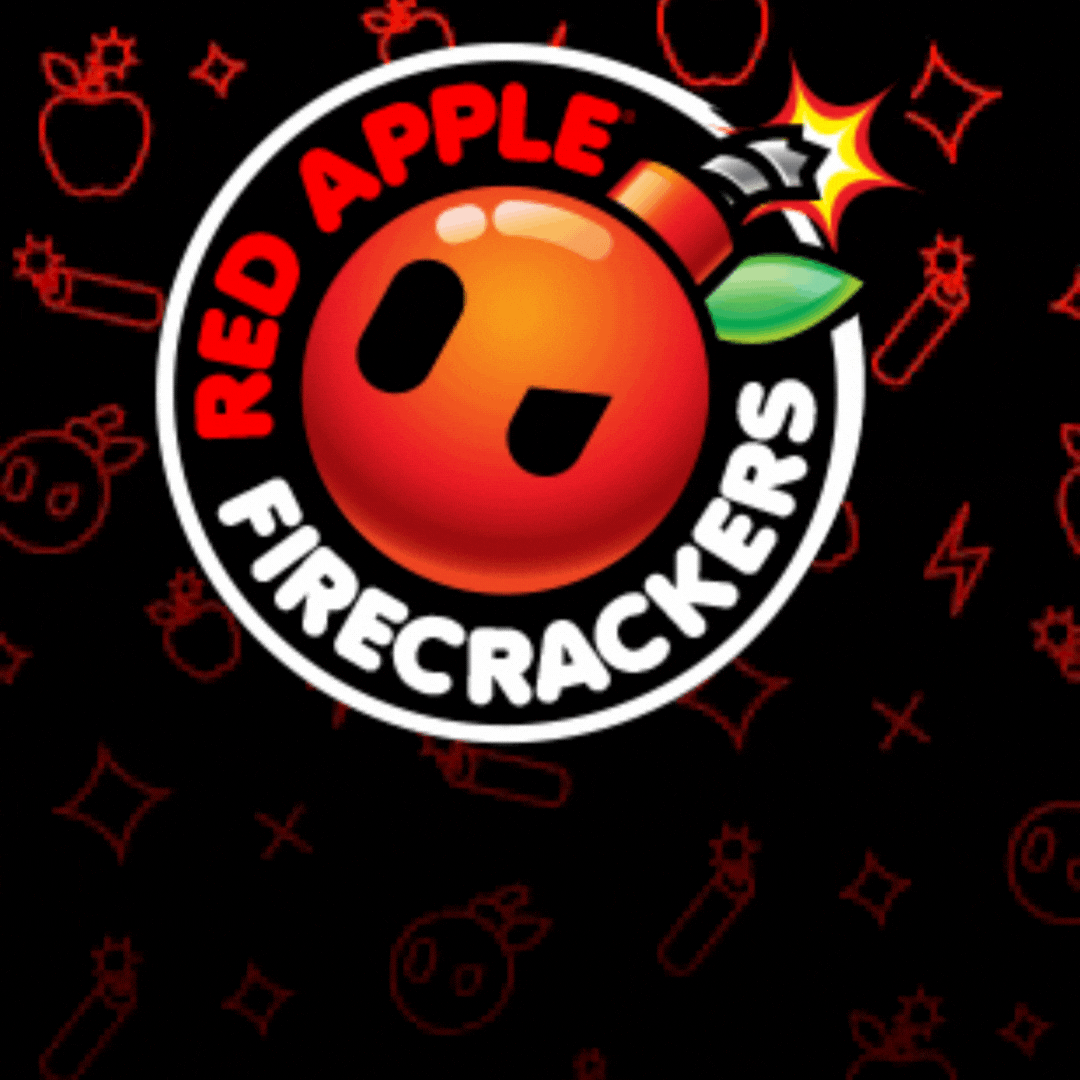

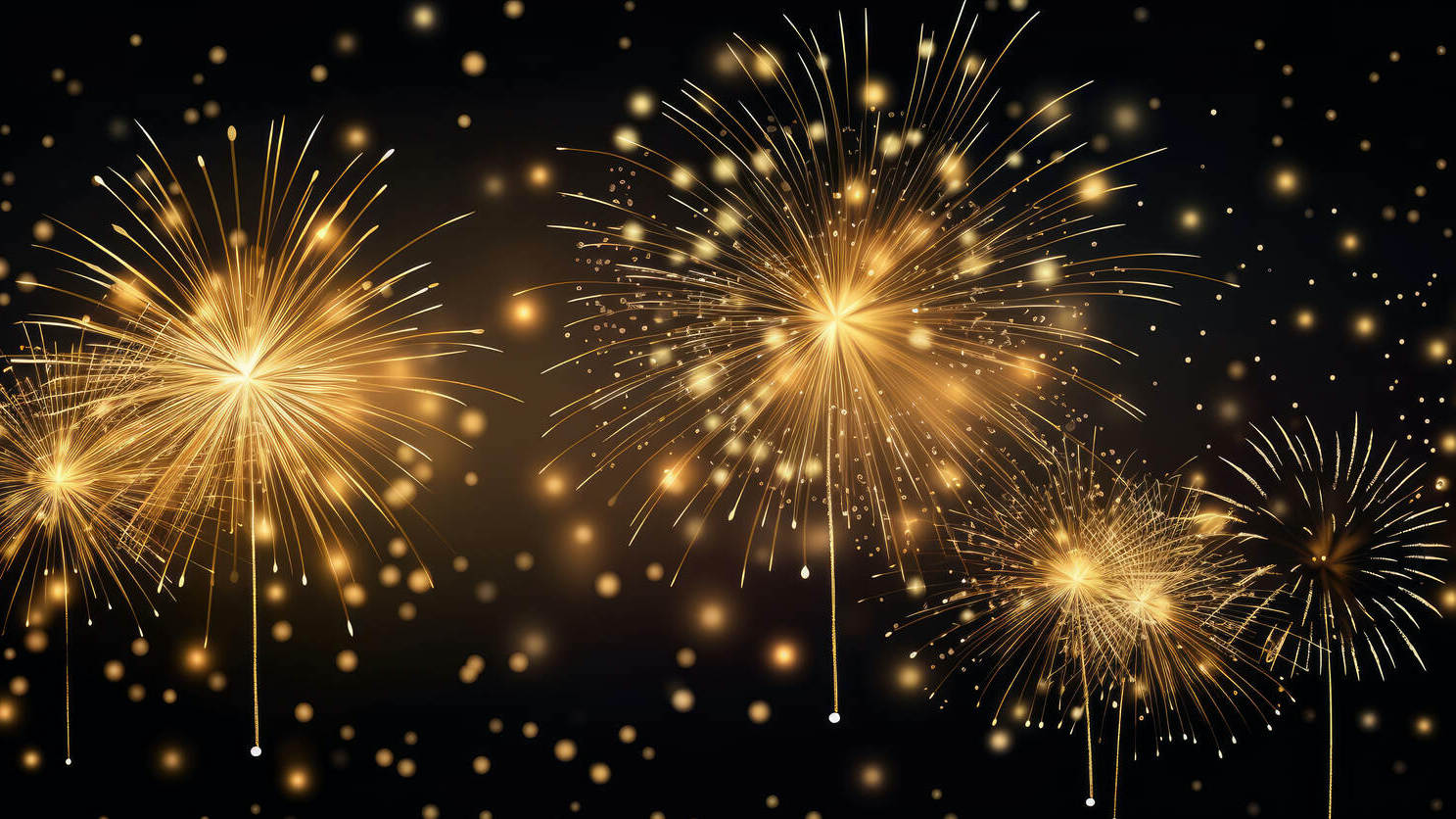
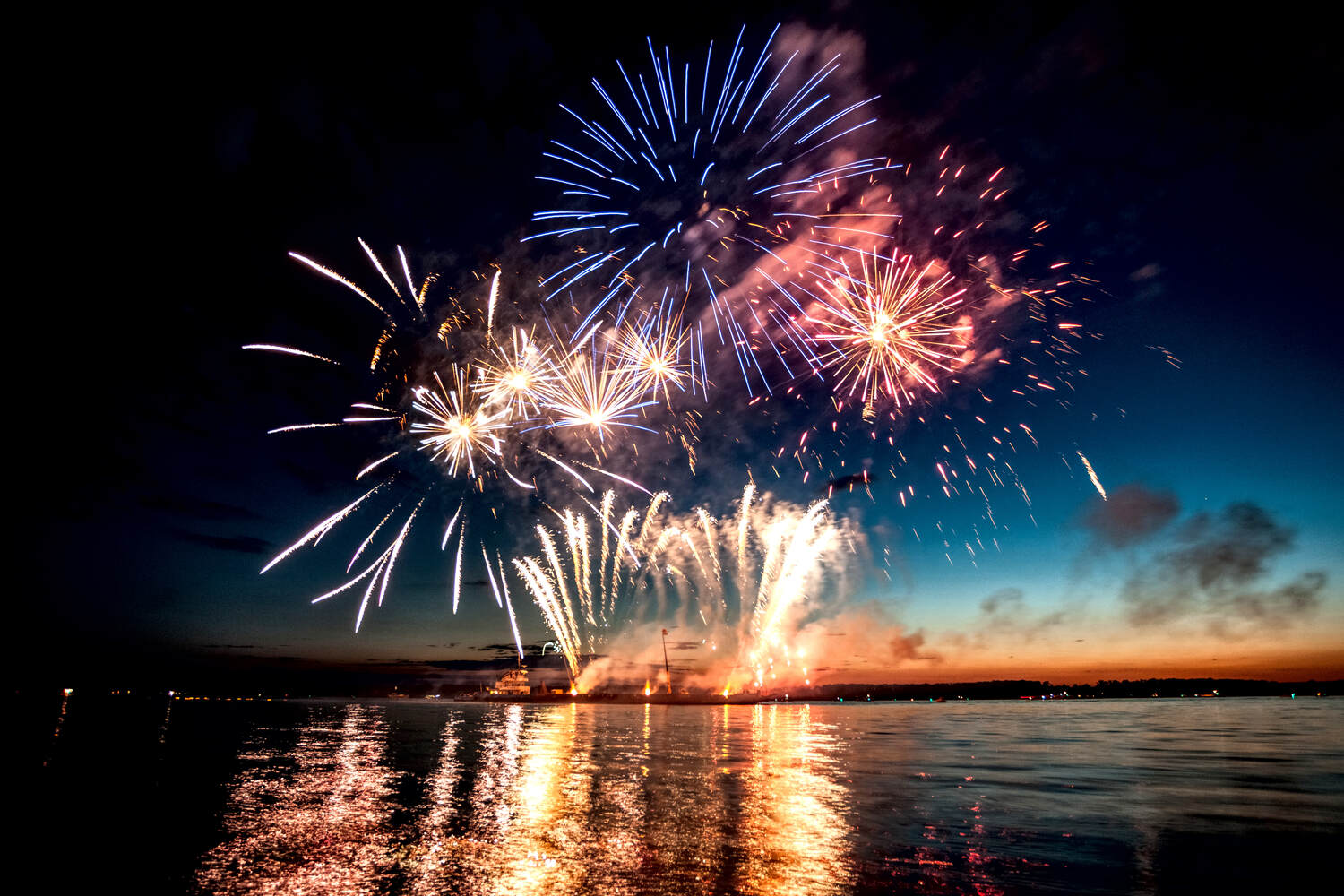
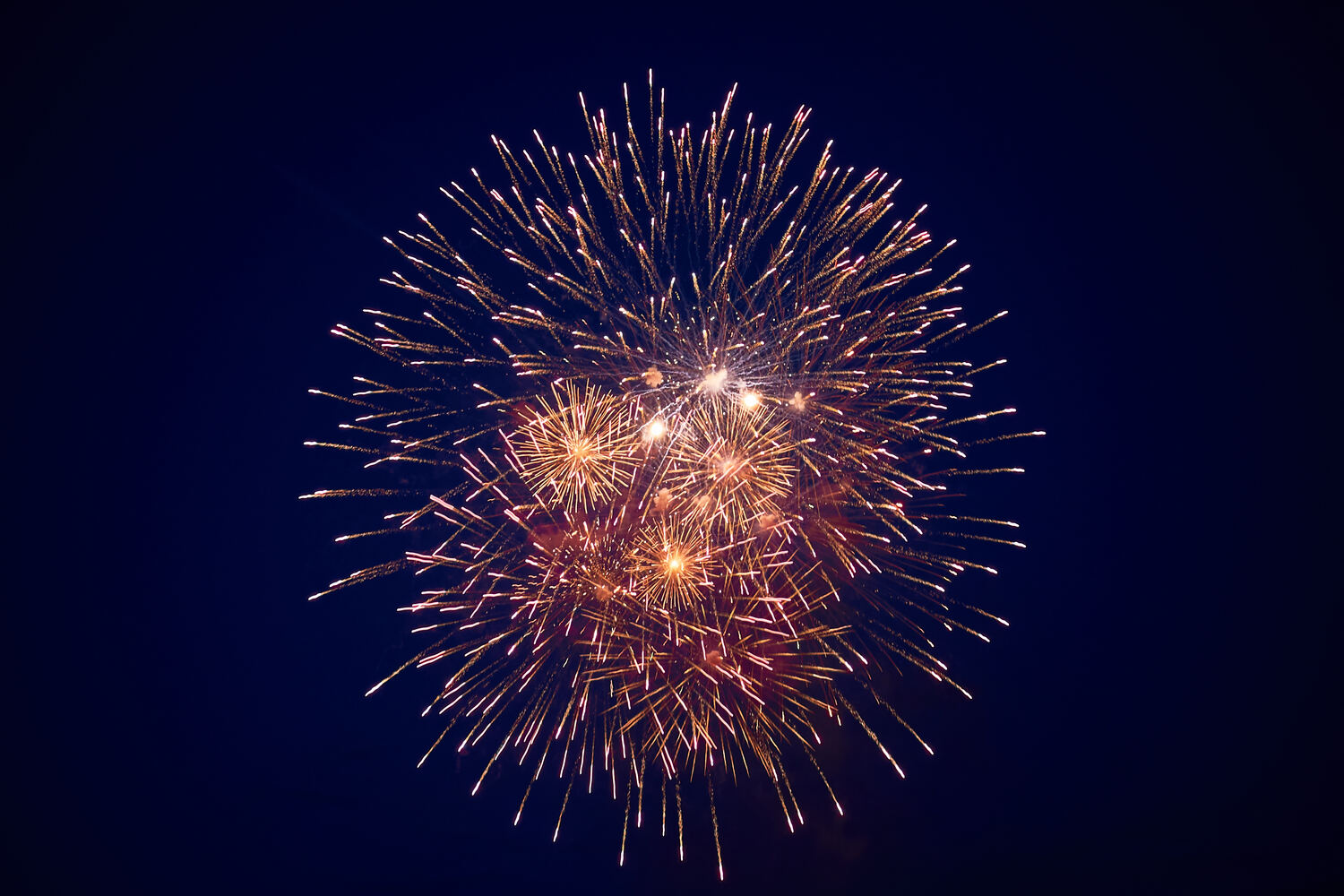

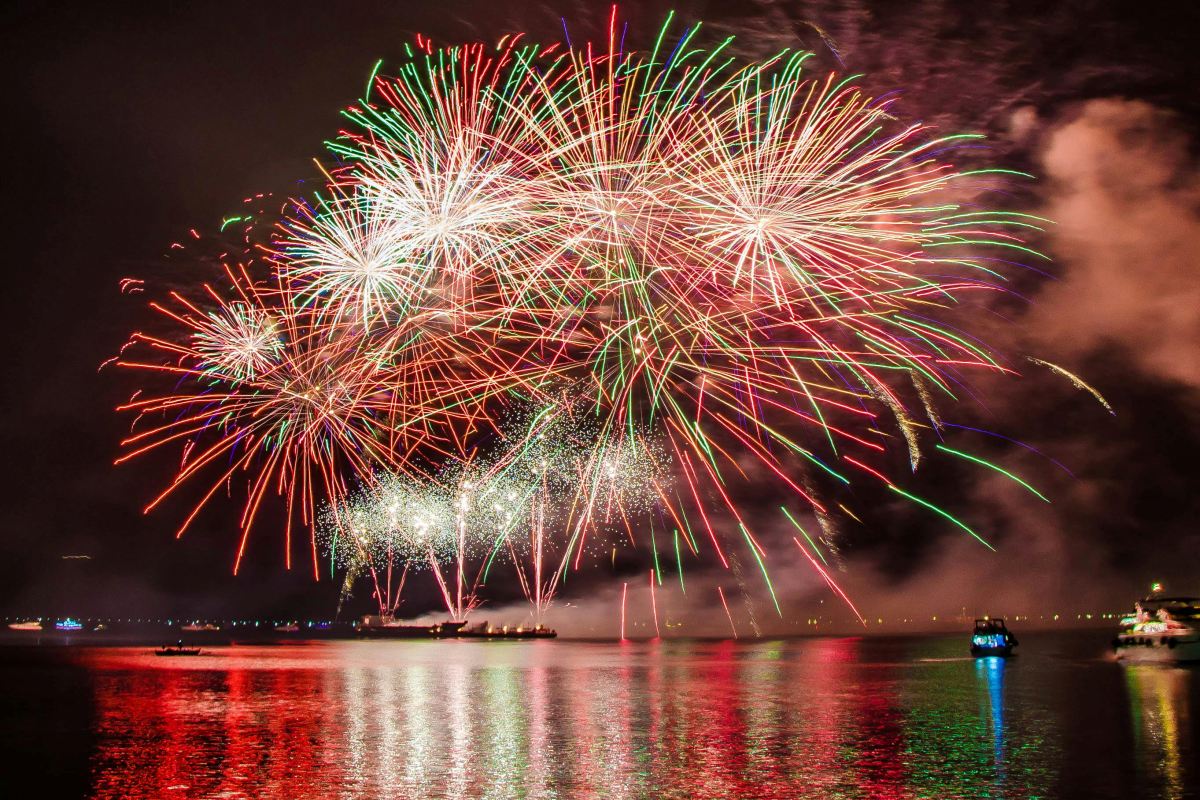
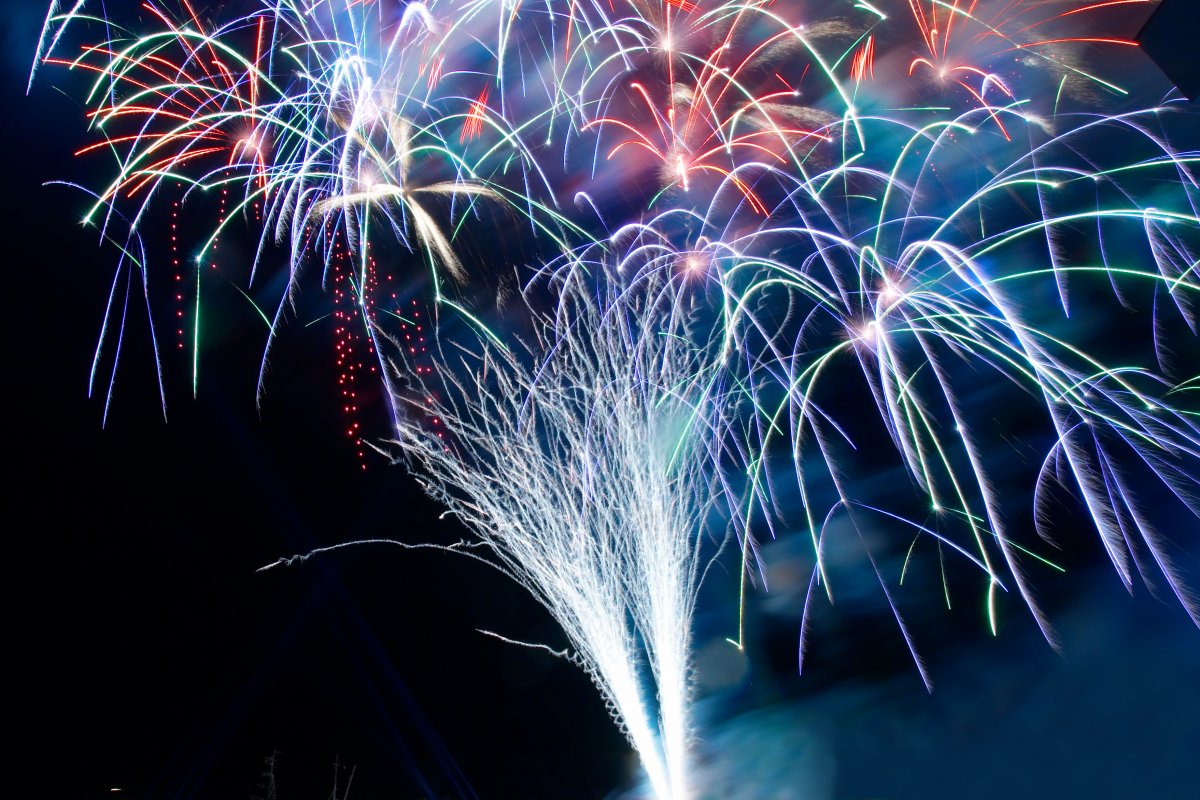
Leave a comment
All comments are moderated before being published.
This site is protected by hCaptcha and the hCaptcha Privacy Policy and Terms of Service apply.